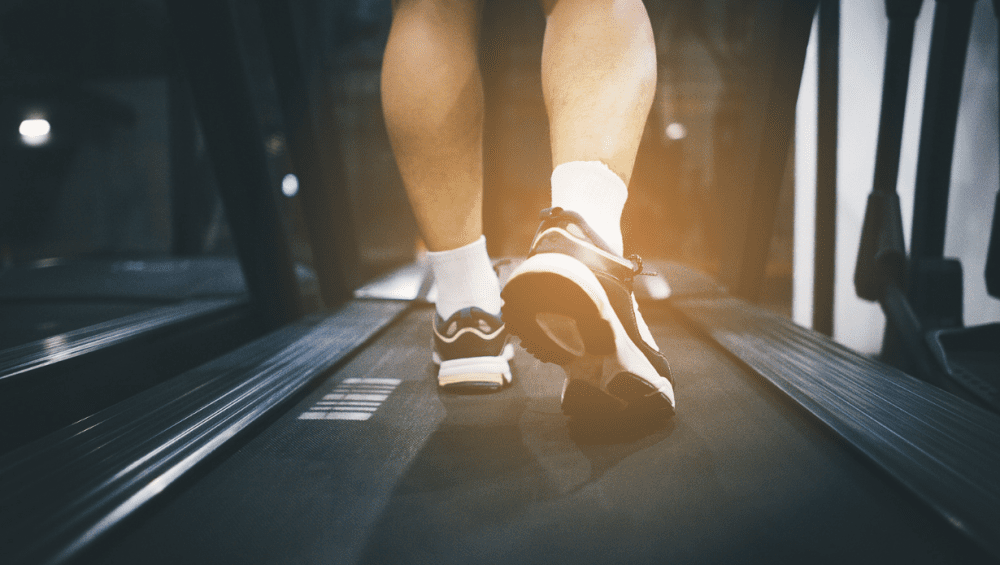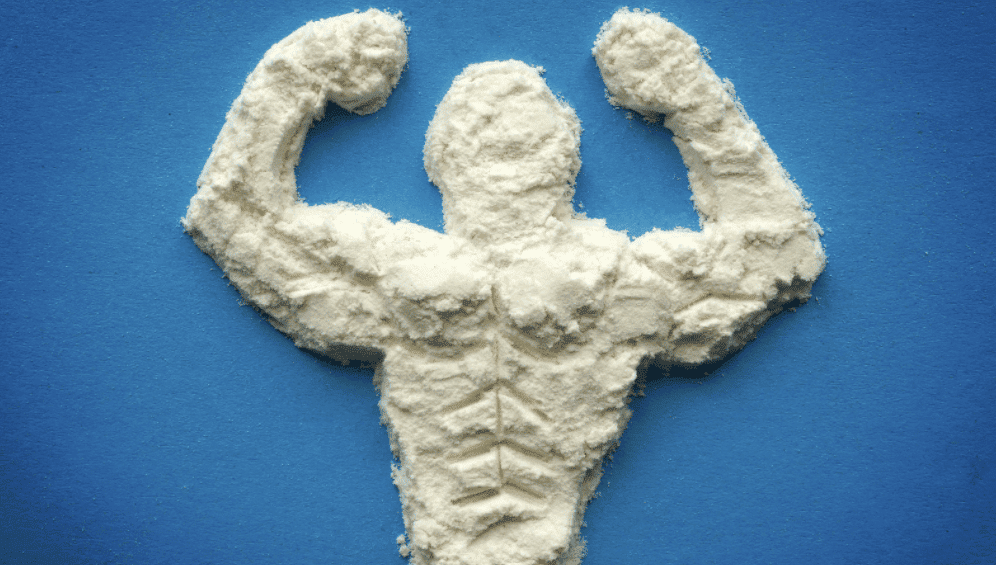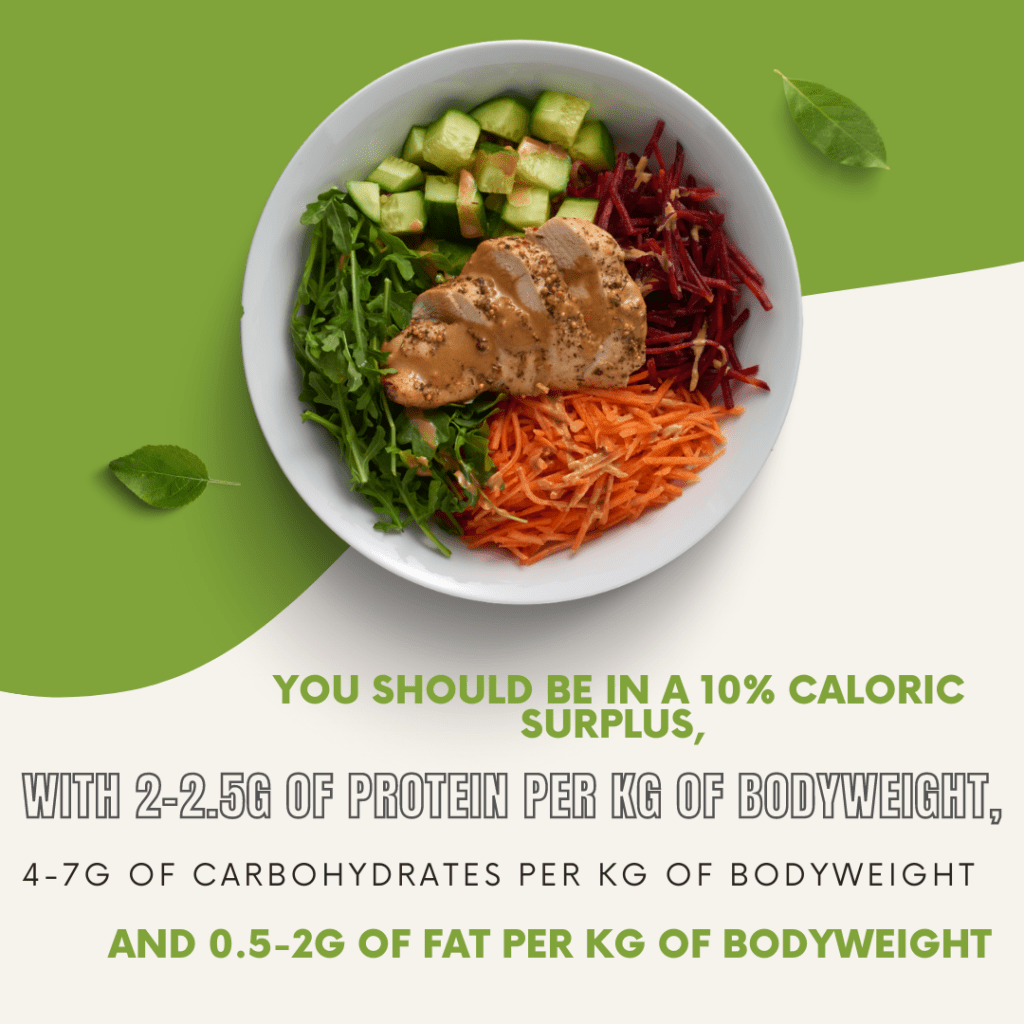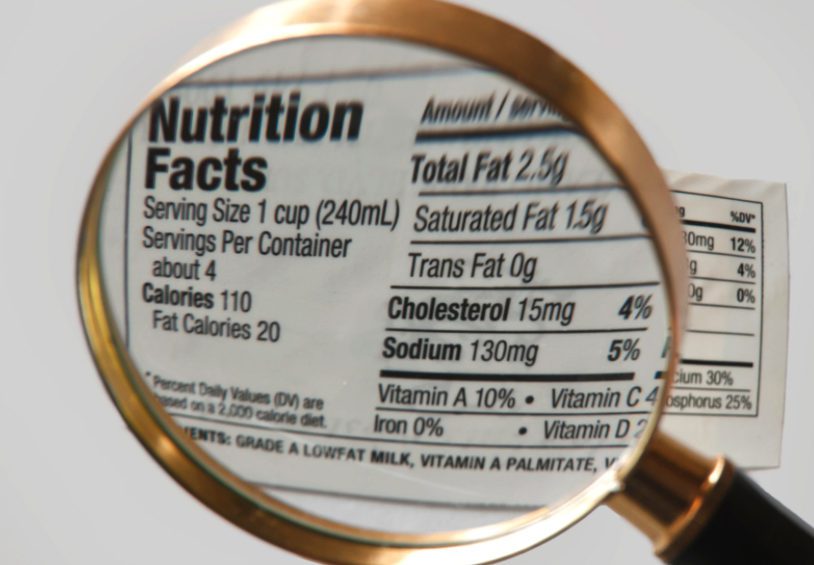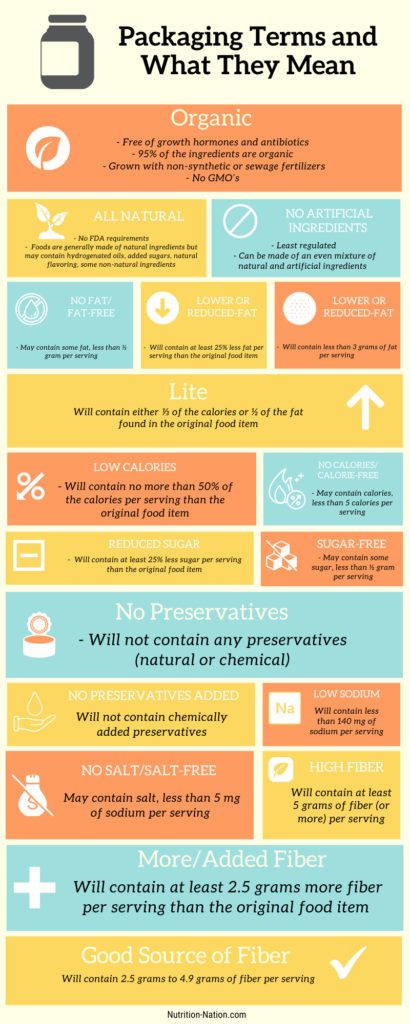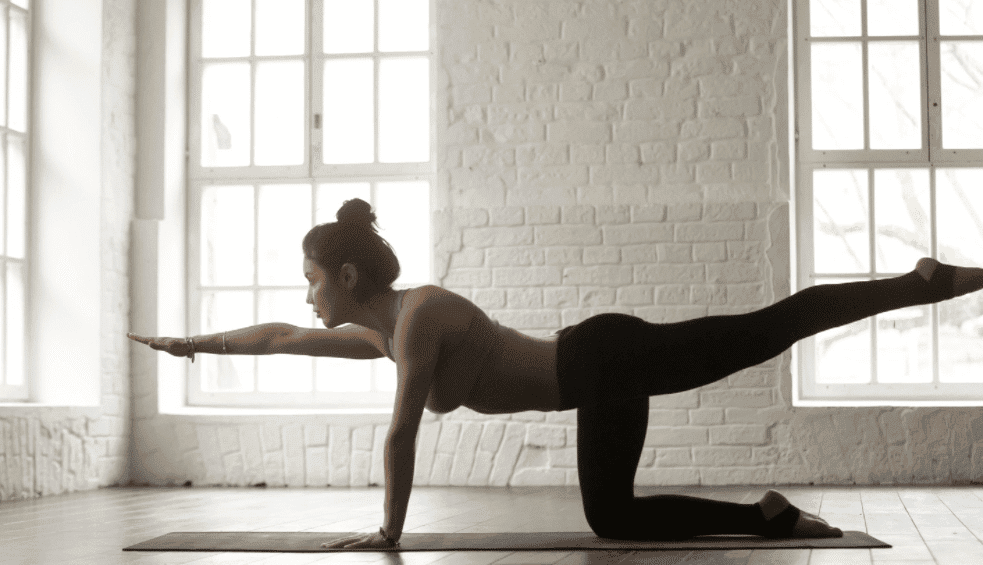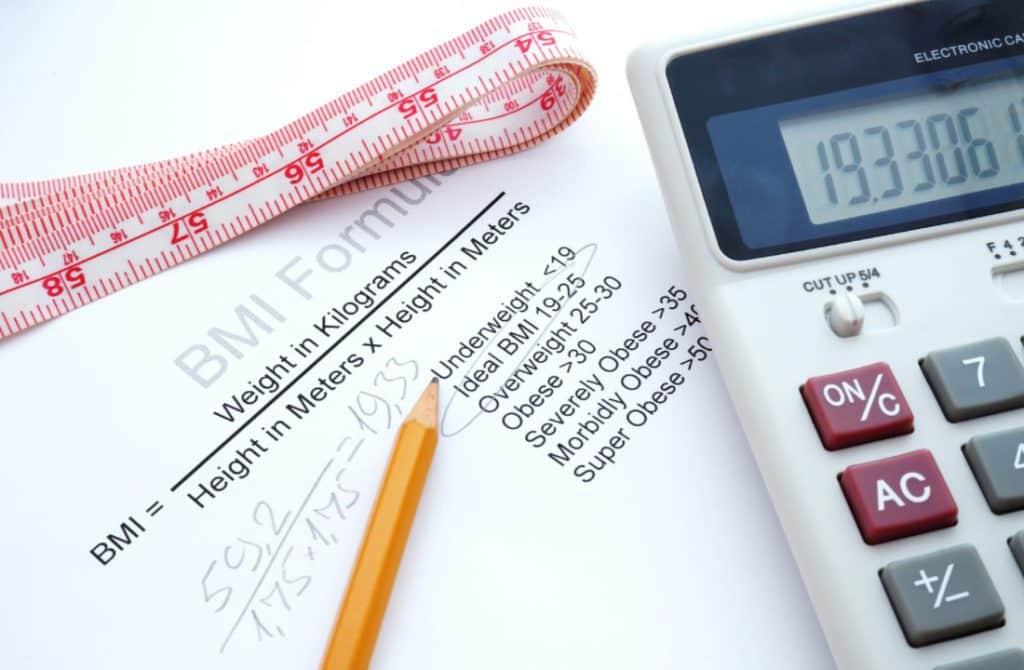The 3 Most Common Challenges that Sabotage Fitness Goals (and How to Overcome Them)
The 3 Most Common Challenges that Sabotage Fitness Goals (and How to Overcome Them)
Many factors may affect your fitness goals
It takes considerable lifestyle adjustments to significantly alter your body composition (and keep it that way for the long run). Many people find this hard to do. Getting in shape requires dedication over time, and benefits are not always immediate.
Here are the most common challenges to reaching your fitness goals and how to get through them.
The Most Common Factors that Sabotage Fitness Goals
Fatigue
One of the toughest obstacles to achieving your goals is fatigue, whether it be physical, mental, or a combination of both.
Energy is needed to maintain physical fitness: energy to get to the gym, energy to complete your workout, and energy to regularly make healthy meals. It can be challenging to continue the grind for an extended period of time when this is added to the other pressures of daily life.
The best course of action is to keep in mind that being fit is a marathon, not a sprint. Making moderate, deliberate changes rather than drastic, immediate ones when you first begin working out and eating healthfully will help you prevent early burnout and help you keep such habits over time.
Lack of Motivation
You were undoubtedly eager to get started when you initially started your fitness quest. No matter how good your motivation was when you first started, it will only get you so far once you’re in the thick of things.
So it’s common to lose sight of your motivation, which is a major factor in why you can start skipping workouts and reverting to unhealthy eating patterns.
You won’t always be motivated every second of every day, as even the fittest among us are aware of. The secret to accomplishing your goals even when your motivation wanes is to continue to hold yourself accountable (or have help from someone else).
Even if you aren’t constantly intrinsically motivated yourself, having to answer to someone else means that you have another source of encouragement. So even if you’re not feeling it, ask your loved ones, your gym buddies, or a personal trainer to help you stay on track.
Expecting Instant Results
You probably won’t notice a lot of improvement day to day, even if you’re doing everything right and adopting all the healthy behaviors required for a sustained rate of weight reduction or body recomposition. Over time, maintaining your healthy practices will lead to those outcomes.
Change your perspective on what success and advancement mean to you. Consider other indicators of progress in addition to the scale, such as measures and body composition outputs such as body fat percentage and skeletal muscle mass. Also take a look at your performance progression (ability to lift heavier, increased stamina, etc.).
Make Your Fitness Goals a Reality
Plan the work and work the plan. Make small changes to your lifestyle and build upon them over time. Establishing healthy habits, looking beyond short-term objectives in favor of the wider picture, and tracking your progress in performance, body composition, and lifestyle changes along the way are the greatest ways to make sure you are doing what you need to achieve.

